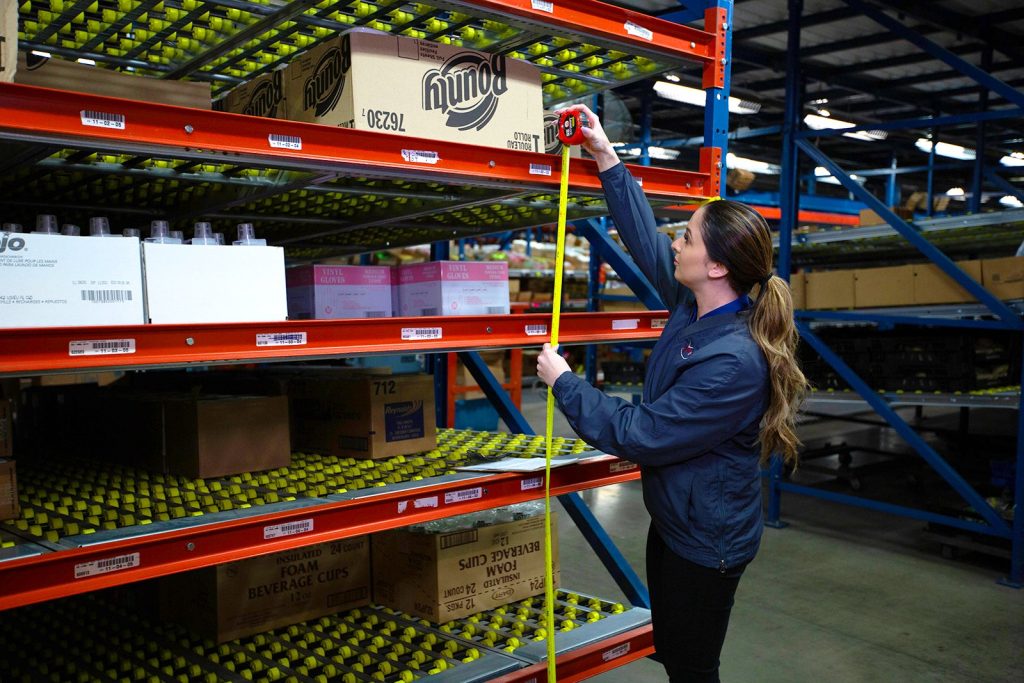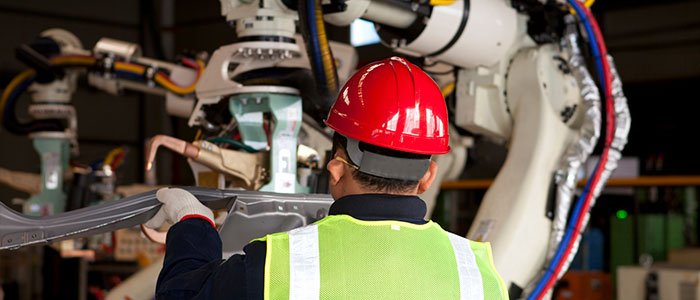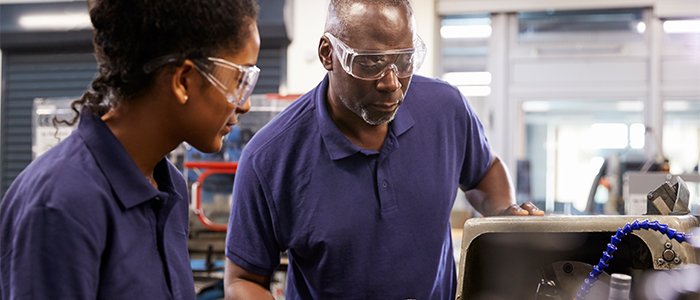We have said it many times before but it always bears repeating: ergonomics cannot be a one-and-done task .
It can be easy enough for many employers to invite an ergonomic consultant to their site, receive a list of recommendations, and then implement some of them into their processes only to never revisit their ergonomic strategy ever again. But workforces, processes, and industry standards are changing all the time, and there are almost always new steps that can be taken to further optimize the working environment from both a safety and a productivity standpoint.
When properly prioritized, ergonomics should be treated as an ongoing function incorporated within your daily operations – not as just another one-off project. Continued investment in ergonomics is a continued investment in your organization’s greatest asset – its people.
Here are some of the key benefits and considerations of incorporating ergonomics into your organization’s continuous improvement initiatives.
Eliminating wasted movements to improve performance
In your day-to-day processes, non-value-added or wasted movements serve to slow down production times while also increasing the physical demands of the job, both of which impact the bottom line of the organization and the performance of the human operator.
Ergonomics is a multidisciplinary science that applies theory, principles, data, and methods to improve human performance through systems optimization. If the entire system is optimized, wasted movements are eliminated and the human operator is less mentally andor physically fatigued, performs better, and makes fewer errors.
Adjustability for every employee
Because humans come in all shapes and sizes, it is critical that ergonomics works for each and every employee. Thankfully, it can .
Movements such as repeatedly bending over or remaining hunched over throughout a shift can lead to lower back issues and other MSDs. Adjusting work areas to accommodate employees of all sizes and abilities eliminates these awkward physical postures and their associated injuries.
Taking range of motion and repetitive motion into account allows systems and processes to be designed to operate within optimal ranges. Including adjustability into the workstation, tools, and equipment also allows more workers to utilize the same workstation, tools, and equipment, eliminating the need to purchase and implement a unique setup for every employee. This saves both time and money that might otherwise be spent creating a unique working environment for every worker.
Balancing lean and ergonomics
You might not expect lean manufacturing and ergonomics to complement one another at all, with lean focusing primarily on production efficiencies while ergo focuses on the workers’ needs. The two may seem to be in direct conflict with one another, but if approached properly, they can actually combine to help make work more efficient, profitable, and sustainable.
On the lean side, workstations might be designed to fit workers’ needs and to limit unnecessary motion by moving the location of a tool so it is now within an employee’s view and reach. On the ergo side, this same improvement can help decrease the chances of repetitive strains and other injuries.
This is just one example of how lean manufacturing and ergonomics can complement one another, but it is critical to find a balance between the two. If continuous improvement processes are too lean, the potential for and severity of injury actually increase by placing too much emphasis on efficiency without consideration of employee well-being. For example, if improvement processes do not allow for adequate rest and recovery time for the human operator, efficiency is being prioritized over well-being and the result is sure to be increased risk of injury and decreased productivity.
Create a continuous ergonomic strategy with help from Fit For Work
Fit For Work is the only organization with a Professional Ergonomics department that seamlessly integrates with onsite Early Intervention. Together, the areas of predictive analytics, pain science, and ergo work together to have a game-changing impact on the future of your organization and your employees.
The longer-term approach of our 12-month ergonomic subscription helps us get to know your organization and your workers so our solutions can truly work for you. It establishes an ongoing relationship that allows us to assess preexisting risks, implement a plan to mitigate those risks, and optimize beyond implementation for continued improvement.
The ROI you’ll experience with this approach is second to none. The annual cost of an ergonomic subscription is approximately 1/3 the cost of a single ergonomic project , meaning you experience year-round, on-demand support for a fraction of the cost of a one-time solution.
Contact us today to learn more about implementing a turnkey safety program to bolster the safety, morale, and productivity of your workforce.





